#National Biscuit Day
Text

#jim howick#bbc ghosts pat#biscuit day#national biscuit day#six idiots#them there#actor#bbc ghosts#ghosts bbc#him#dip it again
42 notes
·
View notes
Text

I ordered these biscuits online from Amz because all 3 were name dropped by the iron trio cast during the "Taxi Ride for Lockwood & Co interview.
I'd already received the Jammy Dodgers, but the Custard Cremes and Chocolate Bourbon arrived today, only for me to find out that IT'S NATIONAL BISCUIT DAY?!?! What? The serendipity of it!
1 of each type for each of the iron trio ⚔️👻☕
Aforementioned Interview:
youtube
#lockwood & co#lockwood and co#ruby stokes#cameron chapman#ali hadj heshmati#save lockwood and co#save lockwood & co#NATIONAL BISCUIT DAY#it's a real thing#Youtube
31 notes
·
View notes
Text
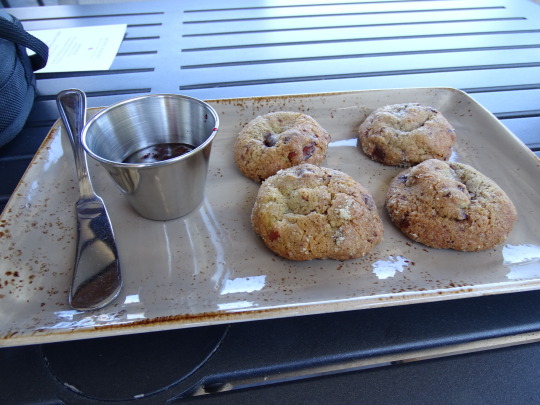

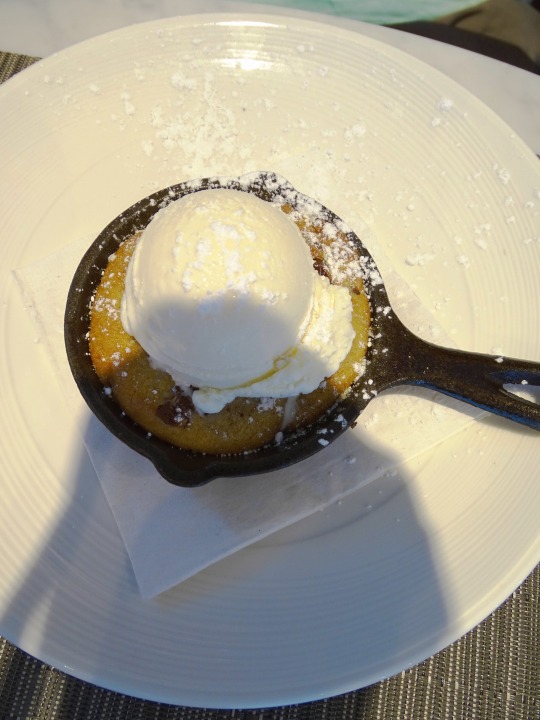

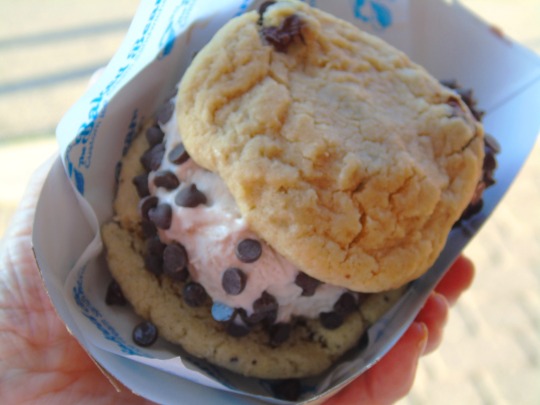
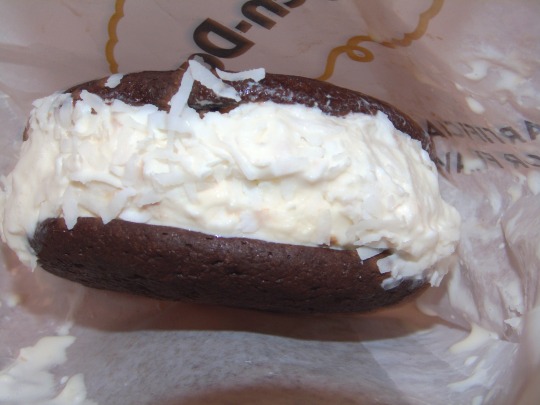

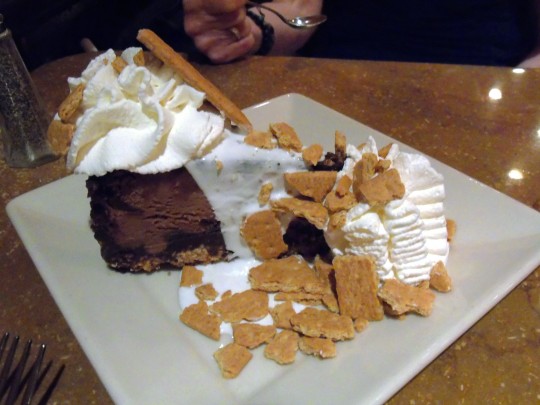

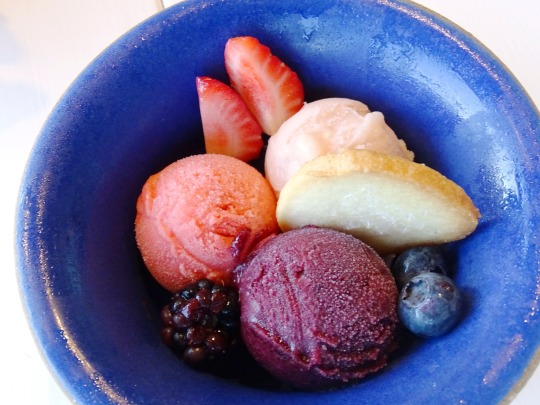
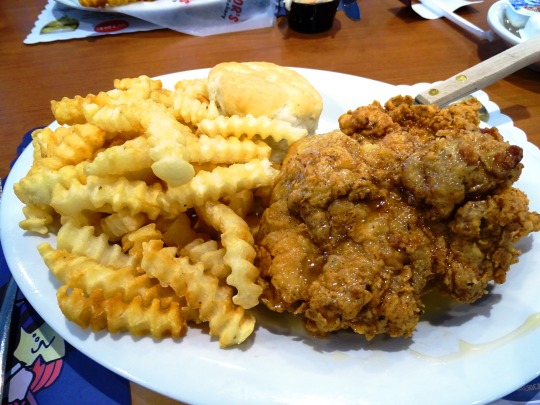

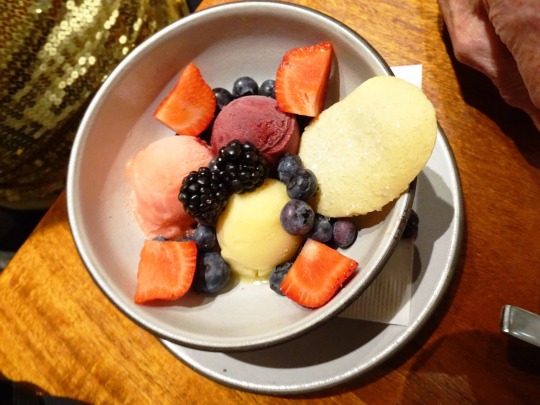
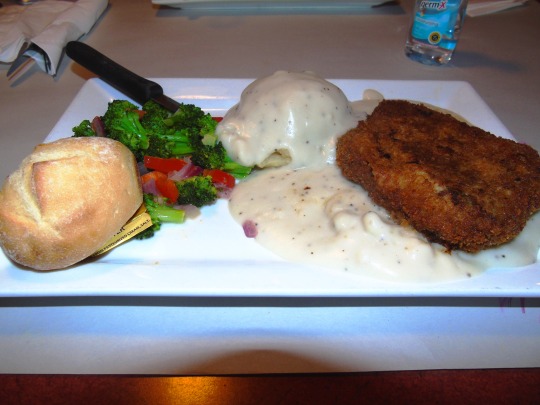

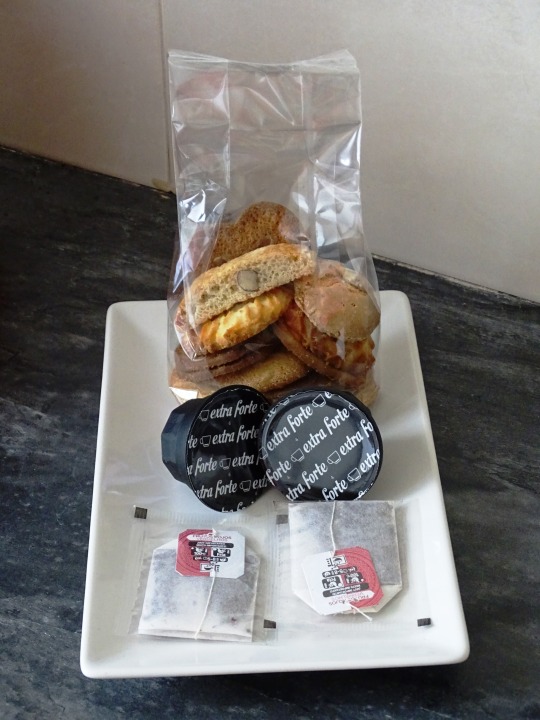
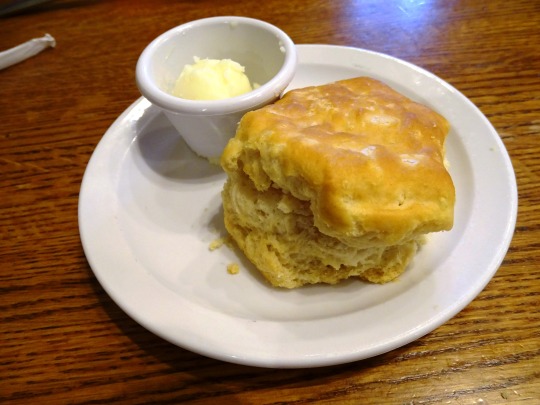

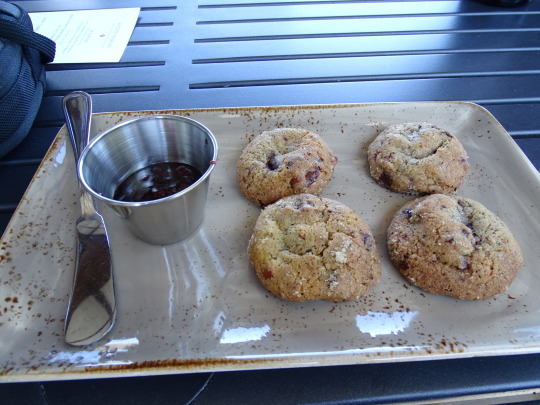
National Biscuit Day
In the US, they’re flaky bread rolls. In the UK, they’re sweet, crispy treats known as cookies in the US. Bake your own, and try different varieties and flavors.
Calling all smart cookies! National Biscuit Day offers the perfect chance to go crackers about one of the world’s most popular snacks. But did you realize just how many types of biscuits there are?
American biscuits are small crusty bread rolls, often served at breakfast or as a side dish. However, in the UK, the word “biscuit” is used for flat sweet treats, which are known as “cookies” in the US. One of the most unusual traditional British varieties is the Garibaldi. Also known as the “squashed fly biscuit,” it contains currants in between two layers of dough.
History Of National Biscuit Day
Many of you will be surprised to find out that biscuits aren’t a modern invention. Instead, they were born of necessity in the ancient world. Merchants and military personnel in the Roman, Greek, and Egyptian empires would often spend many weeks at sea, ferrying cargo and making their way to foreign shores. Hence, they needed a snack that would provide them with a source of calories for the entirety of the journey. Fresh food was out of the question. It just wouldn’t keep. So captains turned to stocking their larders with dried foods that wouldn’t go off.
Preservation techniques were already fairly advanced in ancient times. People knew that if you dried something out, it would last longer and wouldn’t go off. Millers, therefore, began grinding up flours and then baking cooked bread on a low heat for an extended period. This technique helps to retain the nutrition, but removes the water content, preventing any microbes from thriving.
From that point, dried biscuit-like breads became a staple at sea. The ancient Egyptians, for instance, cooked up flat brittle loaves made of an old grain called millet. Later, the Romans created the first example of what we would recognizably call a biscuit. They spread wheat flour paste over a plate and then left it to dry and harden.
Biscuits also played a prominent role in the early history of medicine. Many physicians believed that problems with the body emerged in the bowel. An “imbalance” in the gut led to patients developing all sorts of nasty symptoms, including many health problems we would recognize today. Doctors, however, saw biscuits as a health aid – very different from the view of medics today – and prescribed them daily for people with digestive issues.
Interestingly, this approach probably would have worked. Cooks made ancient biscuits of whole grains and without sugar. They were a plain, high-fiber food, ideal for settling stomachs.
Eating biscuits at sea remained popular in the middle ages. In the sixteenth century, the Royal Navy provided its sailors with a daily allowance of a pound of cookies and a gallon of beer (yes, you did read that right!) to help them fight off the Spanish armada.
The modern conception (or should we say “confection”) of biscuits as sweet treats didn’t begin until the seventh century. The ancients saw them strictly as a travel food – something you’d take with you for long journeys that wouldn’t spoil. But the Persians began to experiment. Instead of just making the flour into a paste with water, they began incorporating other ingredients like eggs, butter, and cream to improve the texture. They noticed that when you added these items to the mix, you wind up with fluffier, more luxurious delicacies. After a while, they introduced sweet things, like fruit and honey, creating the first cookies in history.
Biscuits arrived in Europe around the end of the tenth century. Legend has it that an Armenian monk traveled from central Asia to France and passed on a recipe he had learned in the Caucuses. The main flavor at the time was ginger.
Even so, these biscuits were still not the modern confections that we enjoy today. They were fluffy and tastier than their ancient forebears, but the mass production of sugar was still absent. For most of the middle ages, biscuits were a side-show – and exotic delicacy that people in some parts of the world enjoyed on occasion as part of their traditional cuisine.
Once sugar production ratcheted up in the eighteenth century, however, the game changed. Suddenly, flour-millers and bread makers could add sweetness to their mixes and create entirely new classes of products, all at a low cost.
By the 19th century, per capita sugar consumption rocketed, and biscuit firms like McVitie’s, Crawfords, and Carr’s all set up factories to mass-produce confections.
The history of biscuits, however, bifurcated between the new and Old World. In the New World, the term came to mean a soft, leavened quickbread. In the Old World, it referred to an unleavened, hard, and flat, flour-based product.
National Biscuit Day is a celebration of biscuits of all forms – not just cookies, but also oatcakes, crackers, water biscuits, and crispbreads. While most biscuits for sale are sweet, savory varieties still make up a considerable chunk of overall sales.
How to celebrate National Biscuit Day
As you might imagine, celebrating National Biscuit Day is a lot of fun. It is your yearly excuse to eat as many biscuits as you like – and to do a spot of baking.
Baking an ancient Roman biscuit called a buccellum is perhaps the most exciting way to experience the day. While the final product won’t be as delectable as manufactured biscuits, it will give you an insight into the sort of cuisine that people enjoyed in the past while sailing.
Failing that, nothing is stopping you from baking cookies or traditional biscuit bread. What’s more, you could trial unique, healthy versions using authentic ingredients. There are plenty of recipes that still use wholemeal flours and sugar alternatives on the internet.
Biscuits are an experience that you’ll want to share. Many people, therefore, invite family and friends over for an afternoon of cookies and tea enjoyed in the traditional style. You just take your favorite type of tea (Assam, Darjeeling, and so on), add a spot of milk, some sugar, and then pair with your favorite biscuits – sweet or savory! Many people like to dunk their biscuits in their tea.
Traditionally biscuits came in particular sizes and shapes. Still, there’s no need to stick with the official format if you don’t want to. Cookies don’t have to be round. If you’ve got some shape cutters at home, put them to good use. You can make cookies in the shape of donkeys, cars, stars, hearts, triangles – whatever you have to hand. And for extra fun, you can cover them in icing sugar.
There are few crumbs of information about just how National Biscuit Day started, but that’s no reason to miss out on the celebrations. So bake up a treat for friends and family, or settle down with a cup of tea or coffee and enjoy one of your favorite varieties. Don’t forget to share your creations with your friends on social media. You never know what other biscuit fanatics are lurking out there.
Source
#S'More Ice Cream Sandwich#Toasted Marshmallow S'mores Galore#OREO Dream Extreme Cheesecake#Oreo Explosion#travel#original photography#vacation#tourist attraction#food#dessert#restaurant#Canada#cookie skillet#Trio of Sorbet#St. Francis Winery & Vineyards#fried chicken#Maple Glazed Fried Chicken#National Biscuit Day#29 May#NationalBiscuitDay#USA#summer vacation#shortbread#Chicken Fried#Häagen-Dazs Coconut Ice Cream Sandwich
2 notes
·
View notes
Text
#NationalBiscuitDay – The Chocolate Digestive
Today was a struggle to find something to write about. I wanted to break up the streak of answering WordPress daily prompts by writing somewhat of a “slice of life” piece. I enjoy answering the daily prompts, as it does get you to think, but those type of posts do get pretty damn deep sometimes. I want you all to digest something a little bit different… and what a better way to do that then…
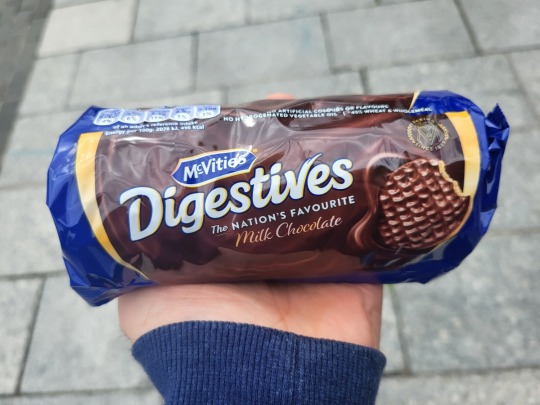
View On WordPress
#nationalbiscuitday#bakery#biscuits#chocolate#dairy milk#digestive#favourite#fingers#Food#milk#national biscuit day#oreo
0 notes
Text
05/29/2024 is Put a Pillow in Your Fridge Day 🌎, National Learn About Composting Day ♻️🌎, World Digestive Health Day 🌎, World Otter Day 🦦🌎, National Coq Au Vin Day 🇺🇸, National Paperclip Day 🇺🇸, National Senior Health & Fitness Day 🇺🇸, National Flip Flop Day 🩴🇺🇸, National Biscuit Day 🇬🇧, International Day of UN Peacekeepers 🇺🇳

#put a pillow in your fridge day#national learn about composting day#world digestive health day#world otter day#national coq au vin day#national paperclip day#national senior health & fitness day#national flip flop day#national biscuit day#international day of un peacekeepers
1 note
·
View note
Text
National Biscuit Day
The word biscuit comes from the Middle French word bescuit which in turn is is derived from the Latin words bis (twice) and coquere/coctus (to cook, cooked), and, hence, means “twice-cooked”. This is because at one time biscuits were cooked twice - baked, then dried out in a slow oven.
10 things you didn't know about biscuits:
0 notes
Text
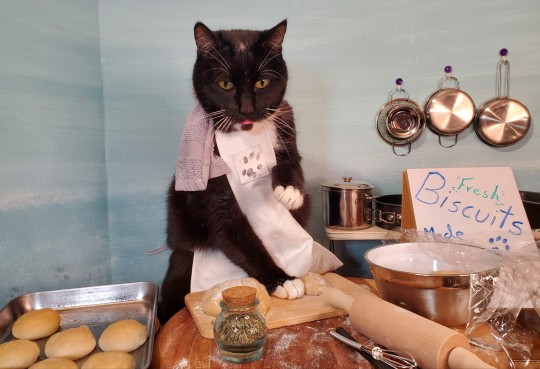
Share your best biscuit makers this National Pet Day! 🐾 ⬇️
#national pet day#cats#making biscuits#cat cosplay#kitty#cats in costumes#cat#cat costume#cats of tumblr#aww#pets of tumblr#share
490 notes
·
View notes
Text

OBLIGATORY SCUITTER PRIDE MONTH ART ALSO ITS NATIONAL KISSING DAY^ THE. THEYRE KISS. HWHAUYUHJ
#my art#the owl house#biscuit#hunter noceda#hunter toh#scuitter#toh#hunter owl house#selfship#pride month#selfship art#toh oc x canon#oc x canon#self ship#pride art#transgender#gay#bisexual#AHHHHH I RUSHED SO MUCH I HOPE YOU CANNOT TELL. LOOK AT THEM KISSING ON THIS VERY DAY#LOOK AT THESE GAY LITTLE GUYS THE ONLY COUPLE EVER#THE couple#biscuit tbc#toh oc#national kissing day#kiss#digital art#gay art
32 notes
·
View notes
Text

😋 National Buttermilk Biscuit Day! 😋
6 notes
·
View notes
Text
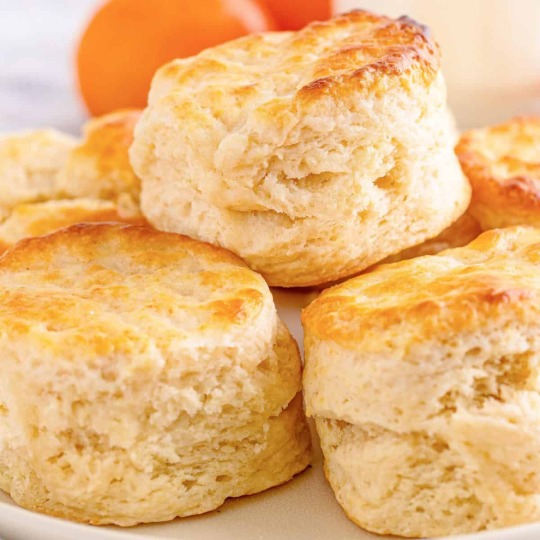
Happy National Buttermilk Biscuit Day! #food #foodporn #biscuits #NationalButtermilkBiscuitDay
1 note
·
View note
Text

#imitación al arte#life imitates art#national buscuit day#biscuit#moore#humor#royston cartoon#cartoon#henry moore
0 notes
Text


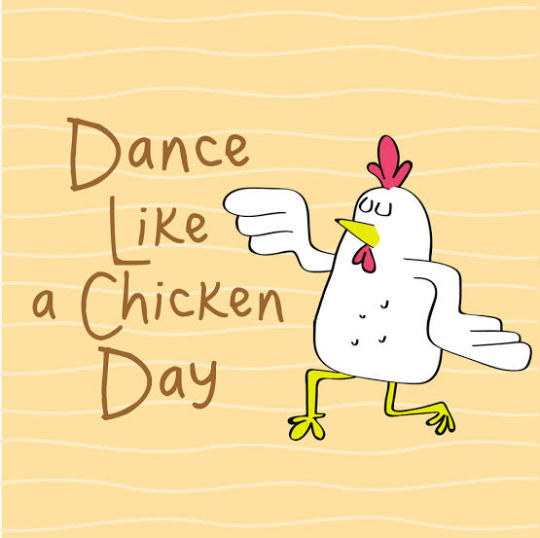
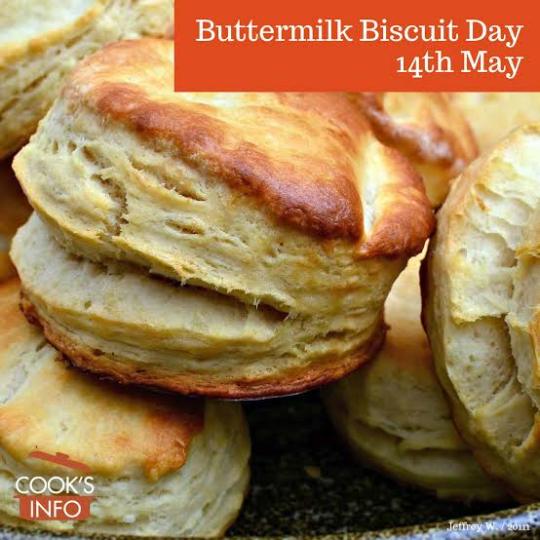
Today is 14th of May.
Today is International Chihuahua Appreciation Day, Online Romance Day, Dance Like a Chicken Day, National Buttermilk Biscuit Day.
#international chihuahua appreciation day#online romance day#dance like a chicken day#national buttermilk biscuit day
1 note
·
View note
Photo

Happy National Dog Biscuit Day!
0 notes
Photo










National Biscuit Day
In the US, they’re flaky bread rolls. In the UK, they’re sweet, crispy treats known as cookies in the US. Bake your own, and try different varieties and flavors.
Calling all smart cookies! National Biscuit Day offers the perfect chance to go crackers about one of the world’s most popular snacks. But did you realize just how many types of biscuits there are?
American biscuits are small crusty bread rolls, often served at breakfast or as a side dish. However, in the UK, the word “biscuit” is used for flat sweet treats, which are known as “cookies” in the US. One of the most unusual traditional British varieties is the Garibaldi. Also known as the “squashed fly biscuit,” it contains currants in between two layers of dough.
History Of National Biscuit Day
Many of you will be surprised to find out that biscuits aren’t a modern invention. Instead, they were born of necessity in the ancient world. Merchants and military personnel in the Roman, Greek, and Egyptian empires would often spend many weeks at sea, ferrying cargo and making their way to foreign shores. Hence, they needed a snack that would provide them with a source of calories for the entirety of the journey. Fresh food was out of the question. It just wouldn’t keep. So captains turned to stocking their larders with dried foods that wouldn’t go off.
Preservation techniques were already fairly advanced in ancient times. People knew that if you dried something out, it would last longer and wouldn’t go off. Millers, therefore, began grinding up flours and then baking cooked bread on a low heat for an extended period. This technique helps to retain the nutrition, but removes the water content, preventing any microbes from thriving.
From that point, dried biscuit-like breads became a staple at sea. The ancient Egyptians, for instance, cooked up flat brittle loaves made of an old grain called millet. Later, the Romans created the first example of what we would recognizably call a biscuit. They spread wheat flour paste over a plate and then left it to dry and harden.
Biscuits also played a prominent role in the early history of medicine. Many physicians believed that problems with the body emerged in the bowel. An “imbalance” in the gut led to patients developing all sorts of nasty symptoms, including many health problems we would recognize today. Doctors, however, saw biscuits as a health aid – very different from the view of medics today – and prescribed them daily for people with digestive issues.
Interestingly, this approach probably would have worked. Cooks made ancient biscuits of whole grains and without sugar. They were a plain, high-fiber food, ideal for settling stomachs.
Eating biscuits at sea remained popular in the middle ages. In the sixteenth century, the Royal Navy provided its sailors with a daily allowance of a pound of cookies and a gallon of beer (yes, you did read that right!) to help them fight off the Spanish armada.
The modern conception (or should we say “confection”) of biscuits as sweet treats didn’t begin until the seventh century. The ancients saw them strictly as a travel food – something you’d take with you for long journeys that wouldn’t spoil. But the Persians began to experiment. Instead of just making the flour into a paste with water, they began incorporating other ingredients like eggs, butter, and cream to improve the texture. They noticed that when you added these items to the mix, you wind up with fluffier, more luxurious delicacies. After a while, they introduced sweet things, like fruit and honey, creating the first cookies in history.
Biscuits arrived in Europe around the end of the tenth century. Legend has it that an Armenian monk traveled from central Asia to France and passed on a recipe he had learned in the Caucuses. The main flavor at the time was ginger.
Even so, these biscuits were still not the modern confections that we enjoy today. They were fluffy and tastier than their ancient forebears, but the mass production of sugar was still absent. For most of the middle ages, biscuits were a side-show – and exotic delicacy that people in some parts of the world enjoyed on occasion as part of their traditional cuisine.
Once sugar production ratcheted up in the eighteenth century, however, the game changed. Suddenly, flour-millers and bread makers could add sweetness to their mixes and create entirely new classes of products, all at a low cost.
By the 19th century, per capita sugar consumption rocketed, and biscuit firms like McVitie’s, Crawfords, and Carr’s all set up factories to mass-produce confections.
The history of biscuits, however, bifurcated between the new and Old World. In the New World, the term came to mean a soft, leavened quickbread. In the Old World, it referred to an unleavened, hard, and flat, flour-based product.
National Biscuit Day is a celebration of biscuits of all forms – not just cookies, but also oatcakes, crackers, water biscuits, and crispbreads. While most biscuits for sale are sweet, savory varieties still make up a considerable chunk of overall sales.
How to celebrate National Biscuit Day
As you might imagine, celebrating National Biscuit Day is a lot of fun. It is your yearly excuse to eat as many biscuits as you like – and to do a spot of baking.
Baking an ancient Roman biscuit called a buccellum is perhaps the most exciting way to experience the day. While the final product won’t be as delectable as manufactured biscuits, it will give you an insight into the sort of cuisine that people enjoyed in the past while sailing.
Failing that, nothing is stopping you from baking cookies or traditional biscuit bread. What’s more, you could trial unique, healthy versions using authentic ingredients. There are plenty of recipes that still use wholemeal flours and sugar alternatives on the internet.
Biscuits are an experience that you’ll want to share. Many people, therefore, invite family and friends over for an afternoon of cookies and tea enjoyed in the traditional style. You just take your favorite type of tea (Assam, Darjeeling, and so on), add a spot of milk, some sugar, and then pair with your favorite biscuits – sweet or savory! Many people like to dunk their biscuits in their tea.
Traditionally biscuits came in particular sizes and shapes. Still, there’s no need to stick with the official format if you don’t want to. Cookies don’t have to be round. If you’ve got some shape cutters at home, put them to good use. You can make cookies in the shape of donkeys, cars, stars, hearts, triangles – whatever you have to hand. And for extra fun, you can cover them in icing sugar.
There are few crumbs of information about just how National Biscuit Day started, but that’s no reason to miss out on the celebrations. So bake up a treat for friends and family, or settle down with a cup of tea or coffee and enjoy one of your favorite varieties. Don’t forget to share your creations with your friends on social media. You never know what other biscuit fanatics are lurking out there.
Source
#Maple Glazed Fried Chicken#Chicken Fried#gravy#butter#fries#vegetables#food#restaurant#travel#summer vacation#original photography#Häagen-Dazs Coconut Ice Cream Sandwich#cookie#Cookie Skillet#Trio of Sorbet#shortbread#berries#National Biscuit Day#NationalBiscuitDay#29 May#street food#dessert
0 notes
Text


Ya'll - the SPEED at which I scrambled to finish this when I found out today was National Peach Cobbler Day. I'll have to bake some tomorrow!
SOUTHERN COMFORT FOOD SERIES
Chicken and Waffles
Sweet Tea
Hushpuppies
Crab/Crawfish Boil
Gumbo (plus character notes!)
Beignets (part 2)
Shrimp and Grits
Cornbread
Biscuits and Gravy
Pecan Pie/Sugar Pie
Fried Catfish
??? - Season 1 Finale
EDIT: the timer is now named Peaches
Image description below the cut!
[IMAGE DESCRIPTION: A short two part comic.
Panel 1: Header reads "13 APRIL - NATIONAL PEACH COBBLER DAY." Lucifer stands behind his workbench that is littered with tools, holding a bowl of peach cobbler and whipped cream in one hand, and a note in the other. The note reads, "Remember to eat and take breaks every hour. Your posture is terrible. Charlie will be upset if you disappear into your workshop for the whole day and miss dinner again. ~Charlie's Superior Dad." Lucifer looks slightly torn between exasperated, amused, fond, and irritated.
Panel 2: A closeup of the rubber duck Lucifer was working on, which is now a singing timer. "Time for a break, you workaholic! Did you drink your water today? Get outta your goddamn chair! Unclench your jaw!" Next to it, the bowl is empty.
END DESCRIPTION]
#my art#traditional art#hazbin hotel#hazbin hotel fanart#hazbin hotel lucifer#lucifer morningstar#hazbin hotel alastor#radioapple#appleradio#duckiedeer#morningradio#lucifer x alastor#southern comfort food#peach cobbler
2K notes
·
View notes
Text
05/29/2023 is Put a Pillow in Your Fridge Day 🌏, National Learn About Composting Day 🌏, World Digestive Health Day 🌏, National Coq Au Vin Day 🇺🇲, National Paperclip Day 📎🇺🇲, Memorial Day 🇺🇲, National Biscuit Day 🍪🇬🇧, National BBQ Week 🇬🇧, Gloucestershire Cheese Rolling 🧀🇬🇧, International Day of UN Peacekeepers 🇺🇳

#put a pillow in your fridge day#national learn about composting day#world digestive health day#national coq au vin day#national paperclip day#memorial day#national biscuit day#national bbq week#gloucestershire cheese rolling#international day of un peacekeepers
1 note
·
View note